My brief in this project was to create an app where customer portfolio managers and their superiors could receive data in real-time to make real-time decisions.
The purpose of the system is to facilitate easy communication and activity between client, employee, and management, while providing meaningful feedback that would help motivate customer service teams to excellence.
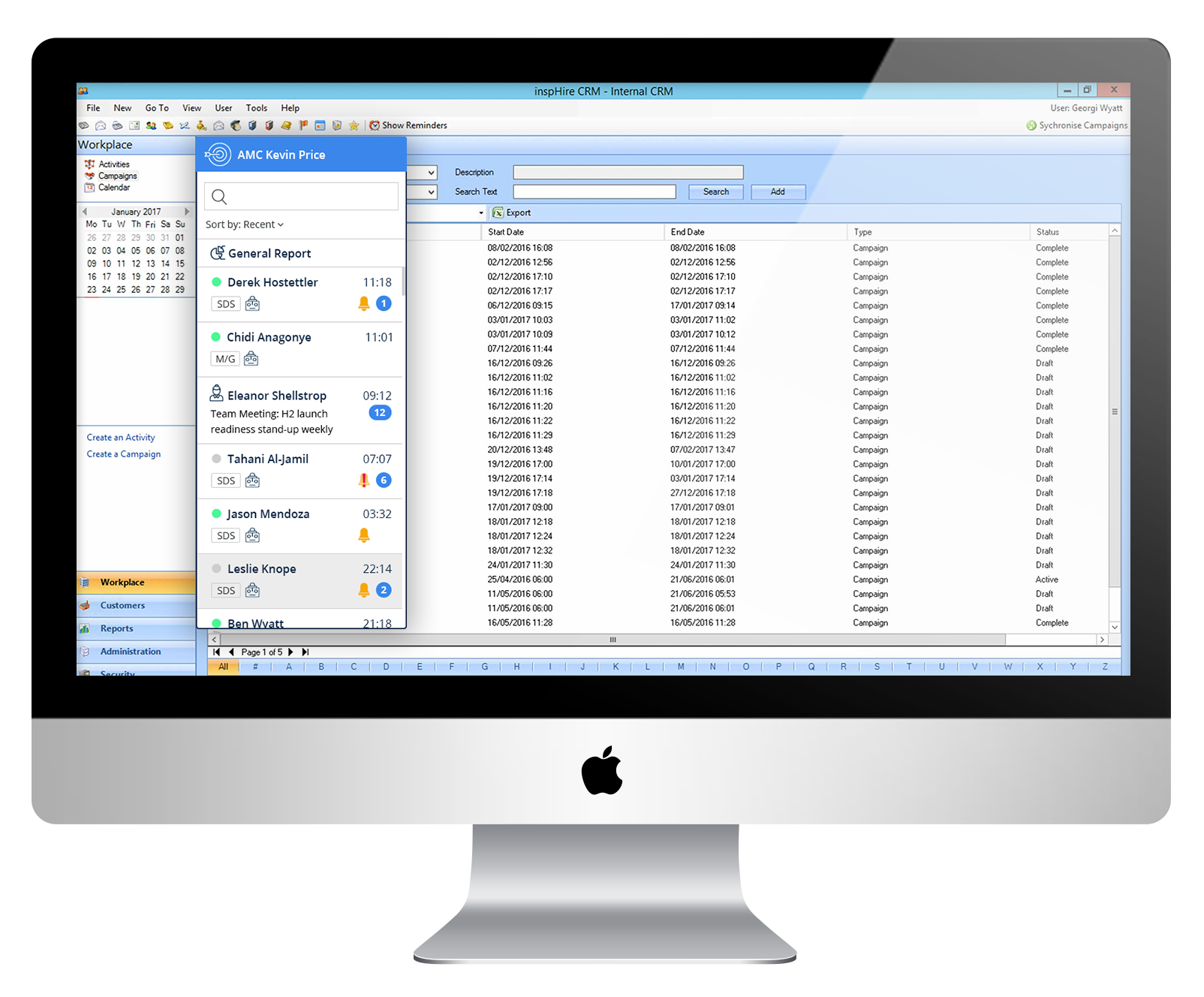
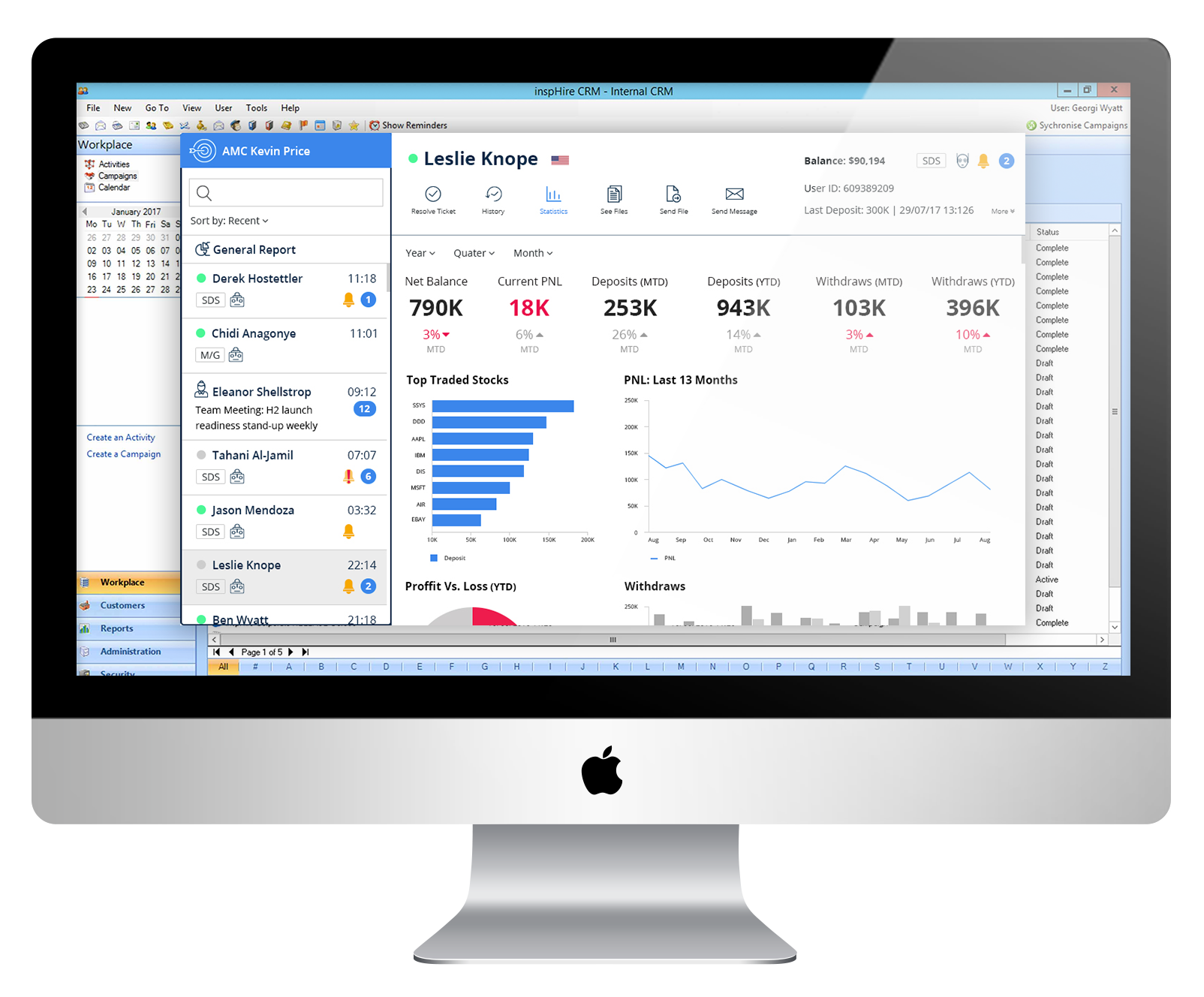
When looking for inspiration, I immediately went to the messaging apps I’ve used during the past years: ICQ, Microsoft Messenger, and Skype. Each was once successful, each with a different target audience and yet… I don’t know anyone who still uses ICQ! One thing they each have in common is that when you switch among them, you must adjust to a new interface; this can be a bit confusing sometimes, especially at the learning stage. Also, there will always be something among them that makes the experience better or worse.
It was easy for me to connect to this project because years ago I myself was a sales representative. I knew I was being measured way beyond the names and sales that we saw displayed on the white-board; all the senior representatives and team leaders constantly circled around us like eagles.
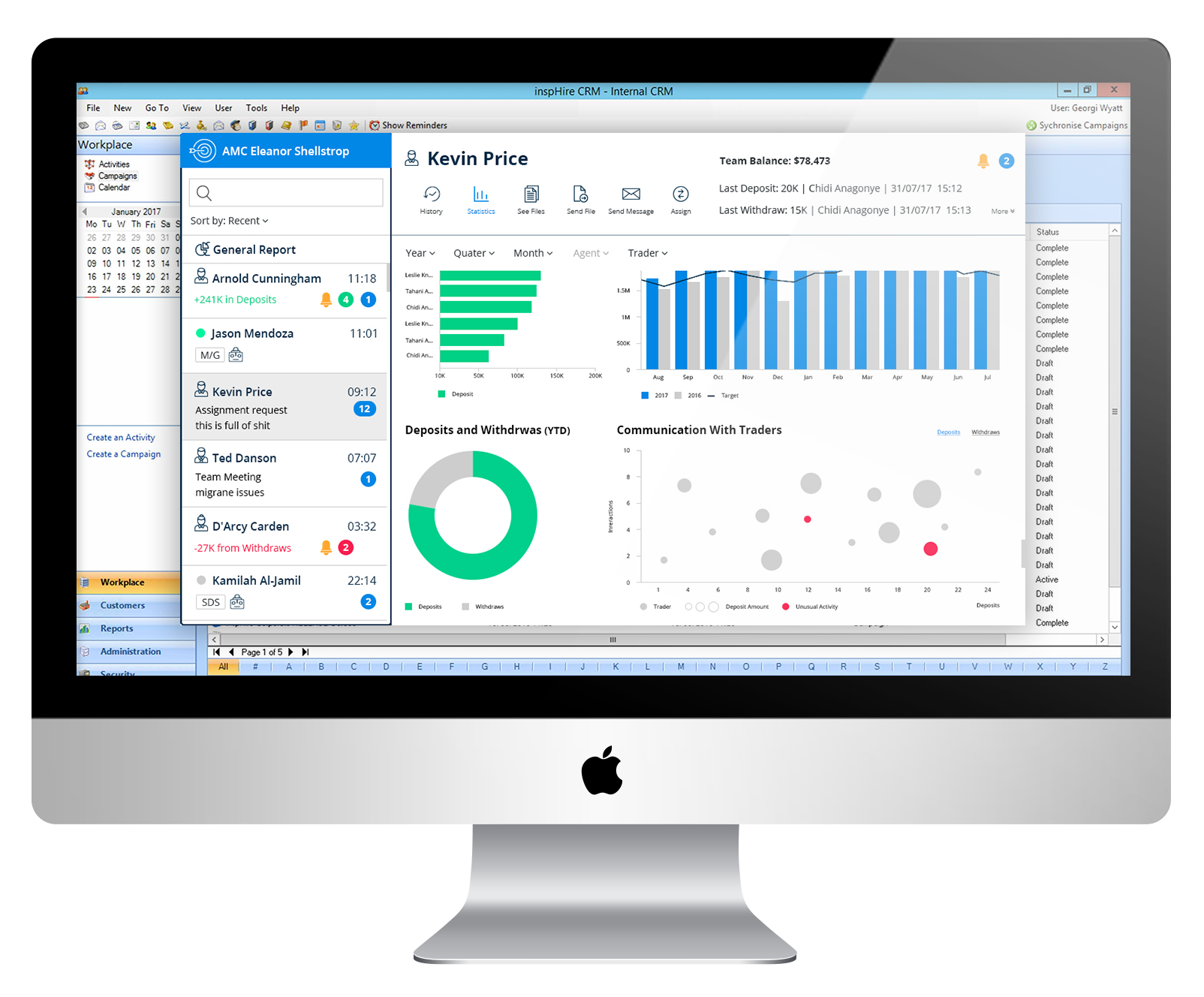
A few years later, upon receiving this case, I found myself learning to identify with every person along that food chain: my supervisors had measured me, and suddenly, in a strange turn, it was now my responsibility to decide what was best for them to measure.
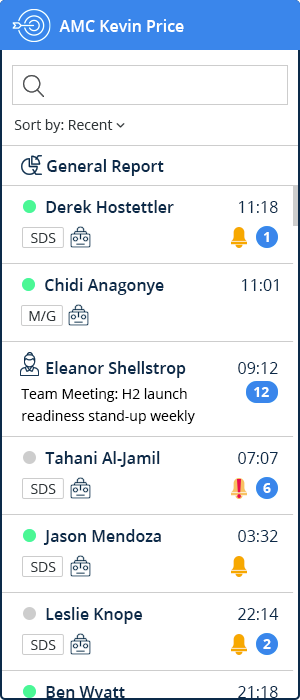
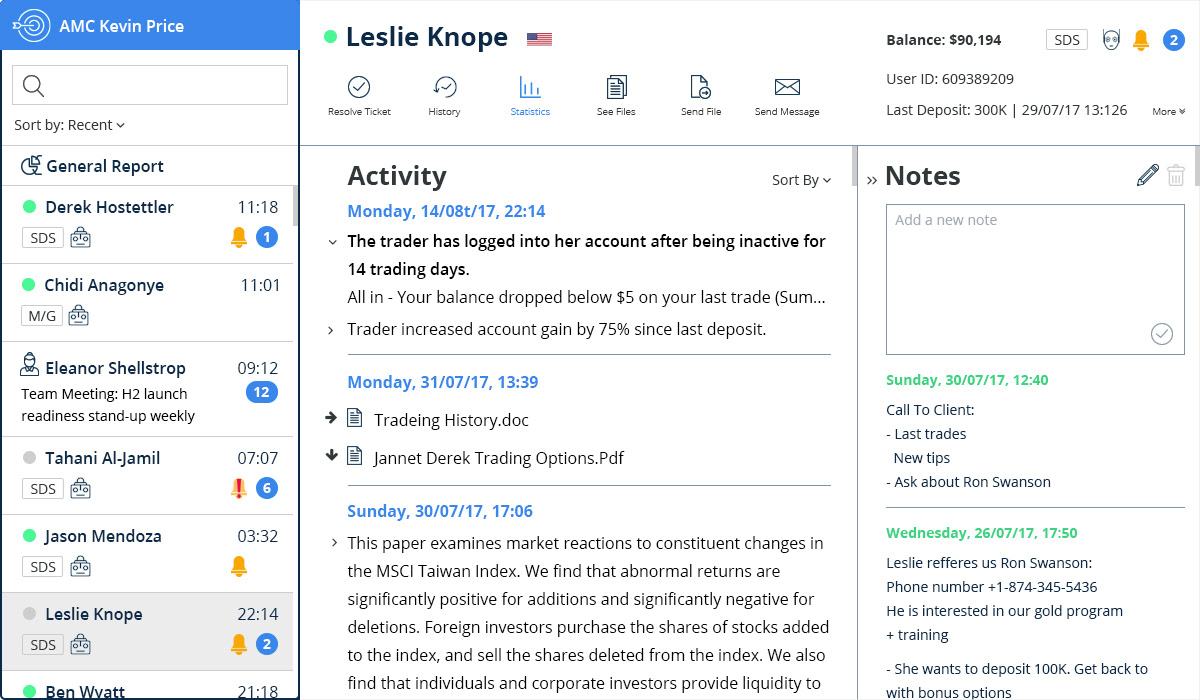
I began my work with the assumption that the sales representative is the most important person in the call center, because s/he exercises the most immediate and malleable responsibility for bringing money into the company. Yet I also strongly felt: s/he is also at the bottom of the corporate stack, and receives the least favorable treatment. Faced with this dilemma, I had to set aside my personal experience and examine the problem from a higher perspective. My final decision was that I would focus upon how I can help make this experience—in terms of the work habitat, particularly—more pleasant for everyone involved.
I recalled that when I was a sales representative my favorite thing was to call up a page where I could see my performance stats. I could quickly calculate the bonuses I was owed. It felt great to open a shift with a higher number than I’d had before, because a client had closed when I was out of the office. On that basis, I decided that this should be the only page where an agent would see absolute numbers.
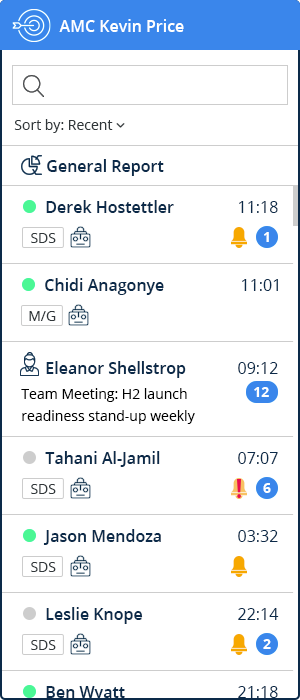
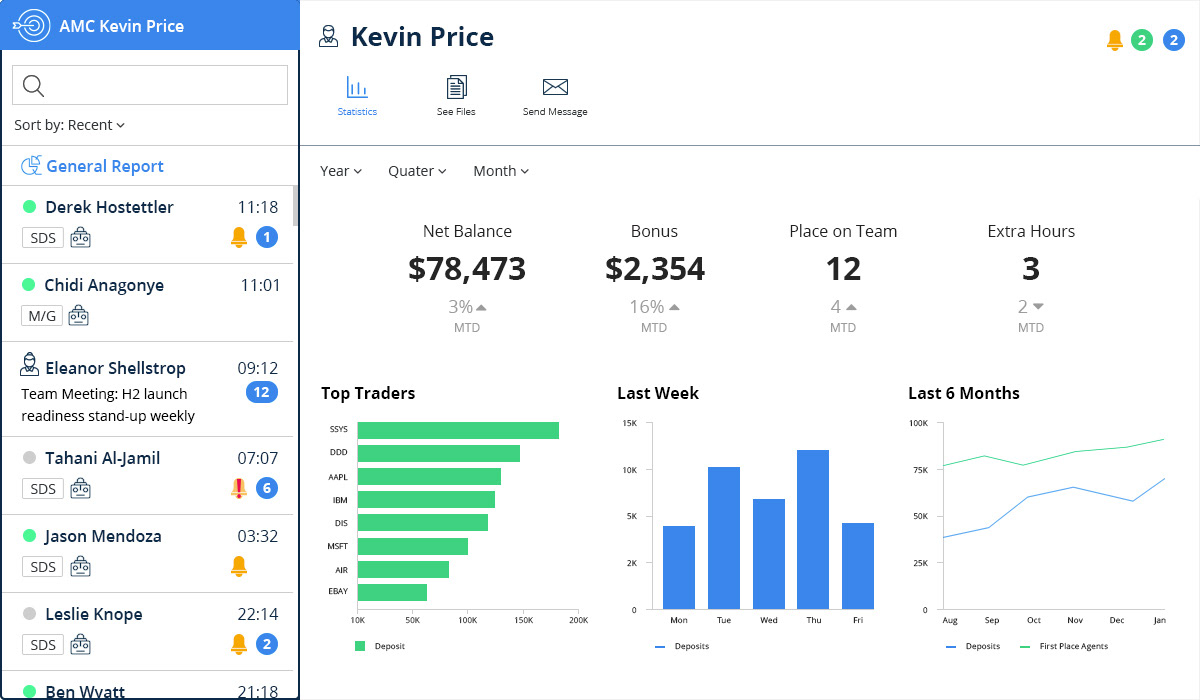
The design for the managers, however, was more of a challenge. What does the manager want to see? What should s/he see? How do I present information that will help senior managers draw conclusions about current activity in the call center, and what information would they need to evaluate future performance?
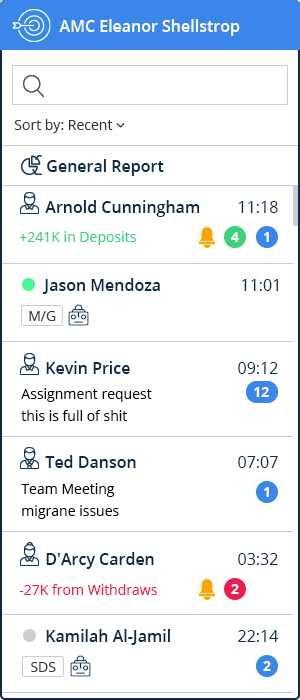
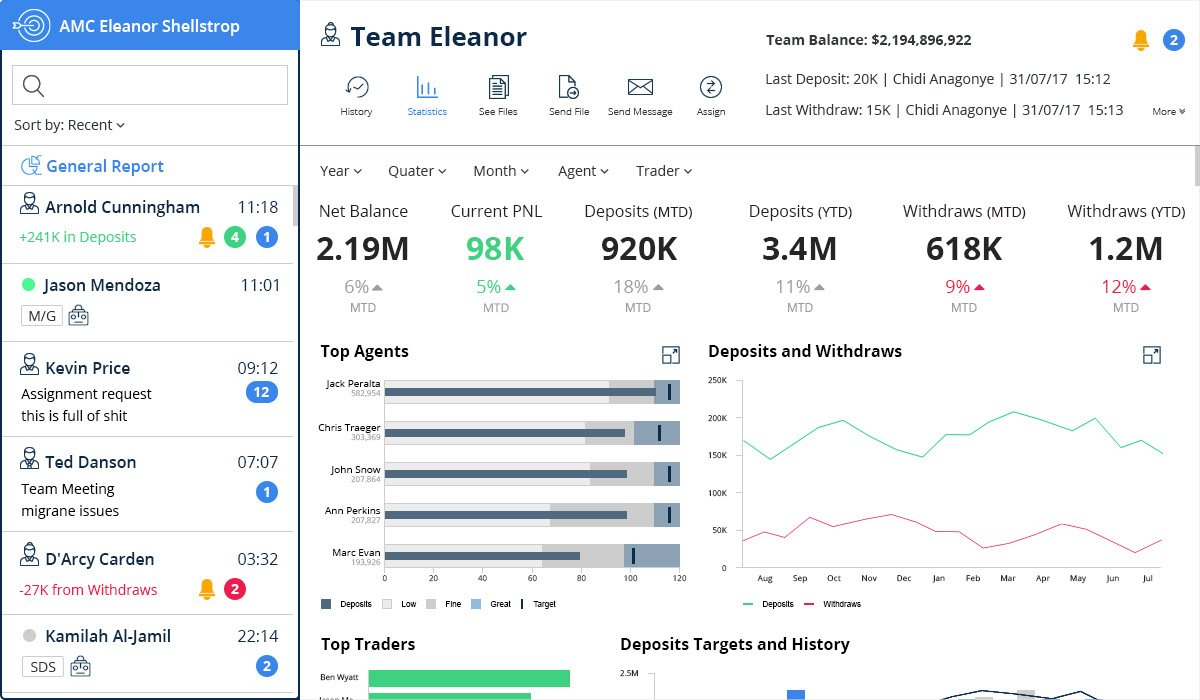
These questions led me to design a model where a manager can evaluate agent performance according to their interaction with clients, displayed next to usual balance sheet data, the amount of deposits, and the amount of withdrawals. All agents start at the same point: each can read messages and notifications, and see a general review of their performance, and of that, most important is their monthly rank relative to their colleagues. Meanwhile, every manager can review every detail of every member of his team, allowing him/her to either assign an agent to a customer or to choose to handle the same customer personally.
